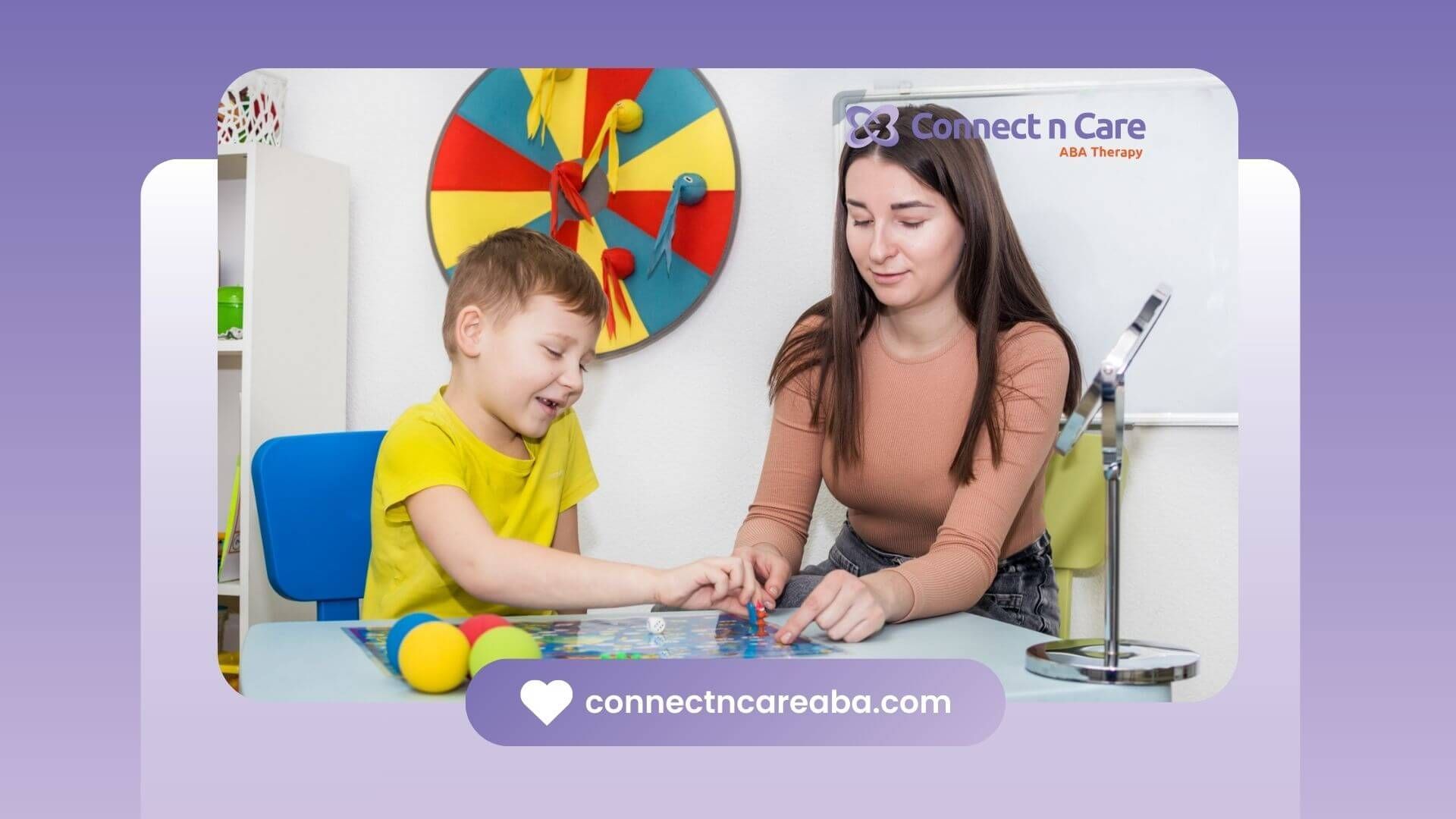For families, ensuring that Applied Behavior Analysis (ABA) therapy is a positive and effective experience for their child is essential. While ABA has proven to be beneficial for many children with autism, the way it's implemented and received can make all the difference in a child’s development.
Creating a positive ABA experience means building a supportive, personalized, and engaging environment where both children and parents feel empowered. Parent training is a key part of this process, helping caregivers reinforce skills at home and strengthen consistency across settings.
Key Steps to Ensure a Positive ABA Experience
- Choose a Qualified Provider: According to the Behavior Analyst Certification Board (BACB), working with certified and experienced ABA therapists is crucial for ensuring ethical and effective treatment. Qualified professionals create individualized treatment plans tailored to the child’s needs.
- Incorporate Positive Reinforcement: ABA should focus on positive reinforcement, motivating children through rewards for desired behaviors. This method creates a more enjoyable learning experience. It’s important that families feel comfortable with the strategies used.
- Set Realistic Expectations: Progress in ABA therapy may take time, and it’s important for families to set realistic goals for their child’s growth. According to Autism Speaks, having patience and understanding that each child learns at their own pace is key to a positive experience.
- Collaboration with Therapists: Open communication with ABA therapists is vital. Families should feel comfortable discussing any concerns and adjustments to the therapy plan as needed. This collaborative approach ensures the child’s comfort and progress.
At Connect n Care, we offer:
- In-home ABA therapy
- School-based ABA therapy
- Clinic-based ABA therapy
Our personalized ABA services in North Carolina and Virginia are designed to ensure a positive and productive experience for both children and families.
FAQs
1. What makes ABA therapy effective for children with autism?
ABA therapy is effective because it is individualized, uses positive reinforcement, and helps children develop skills in a structured environment.
2. How long does it take to see results from ABA therapy?
The time frame for seeing results varies by child, but progress is often noticeable within a few months when the therapy is well-suited to the child's needs.
3. Can ABA therapy be used at home?
Yes, ABA therapy can be delivered at home, which allows for personalized and comfortable settings that can support better learning and progress.









